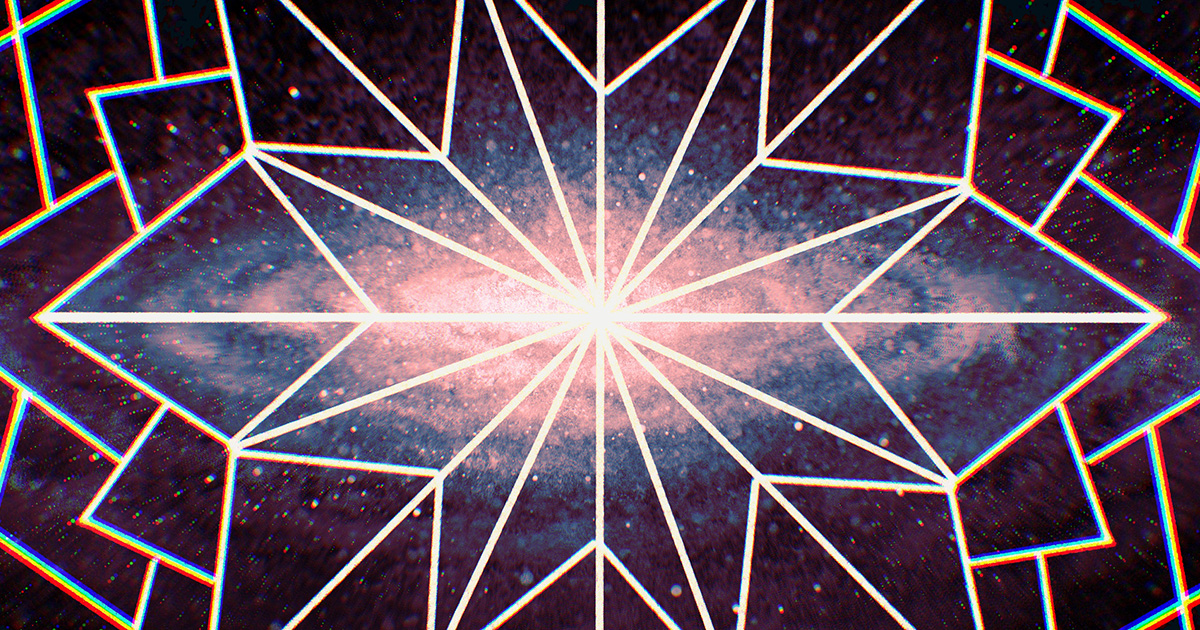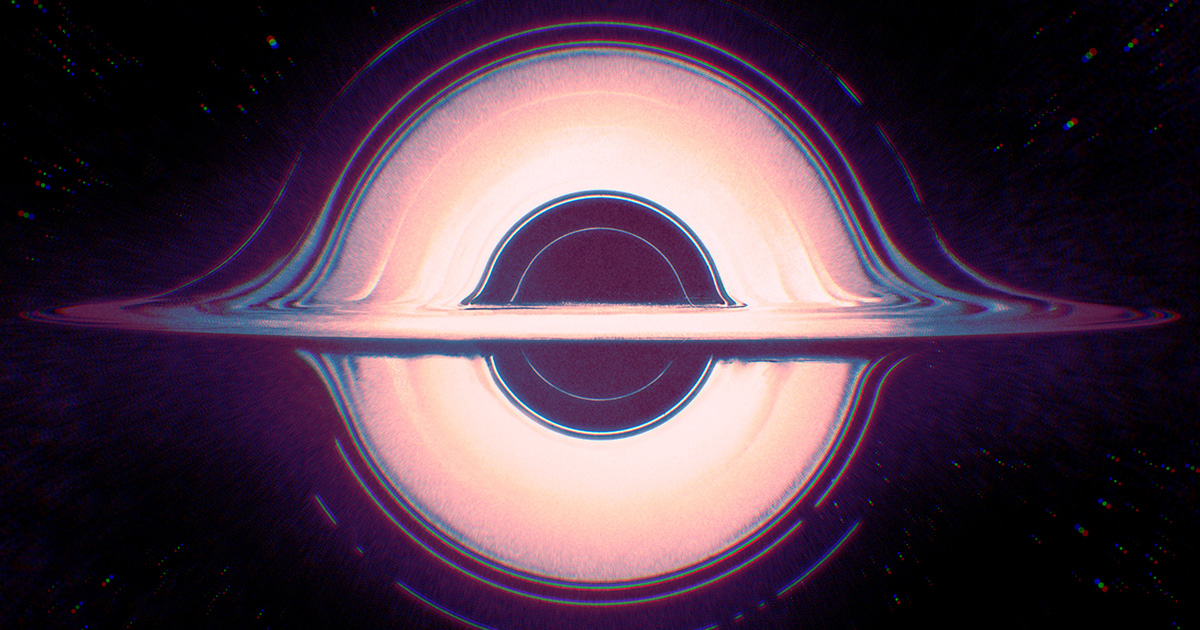
Illustrations by Ashley Mackenzie for Quanta Magazine
Introduction
Around 400 BCE, Democritus declared that the cosmos is “in reality only atoms and the void,” a prophetic statement if ever there was one. It would take over 2,000 years for scientists to conclusively demonstrate that the hidden structure underlying all the things we see — steel and stars, frogs and fire — could be described in terms of fundamental, indistinguishable building blocks.
Then we looked closer. Atoms themselves have a hidden structure. Electrons orbit a nuclear core, which can be further broken down into smaller structures and substructures: protons and neutrons, quarks and gluons. Physicists worked out the abstract rules governing how these particles interact, and those rules revealed another view of the cosmos — as an eruption from the froth of fundamental fields.
Scientific thinkers have pursued the hidden structure of the cosmos since before there was a discipline called science. The search, if anything, is growing only more intense. Cosmologists know that there’s an invisible something holding the universe together, a substance as pervasive as the pre-Einsteinian aether, and just as poorly understood. Physicists probing the paradoxes of black holes have grown convinced that there’s a fundamental connection between information and the geometry of space-time — a connection that a landmark series of papers has begun to map out. And the particle itself — that fundamentally indivisible thing, the modern incarnation of Democritus’ atom — may be, at its core, a physical expression of mathematical symmetries.
The search for the hidden structure of the universe will in all likelihood never end. And the work of searching only reveals how much more we have left to learn.
Chapter 1:
A New Map of All the Particles and Forces
We’ve created a new way to explore the fundamental constituents of the universe.
Chapter 2:
An End to the Most Famous Paradox in Physics
In a landmark series of calculations, physicists have proven that black holes can shed information.
Chapter 3:
The Cosmologist Who Dreams in the Universe’s Dark Threads
Cora Dvorkin discovered new possibilities for what dark matter could be. Now she’s devising unorthodox ways to identify it.
Chapter 4:
What Is a Particle?
It has been thought of as many things: a pointlike object, an excitation of a field, a speck of pure math that has cut into reality. But never has physicists’ conception of a particle changed more than it is changing now.







